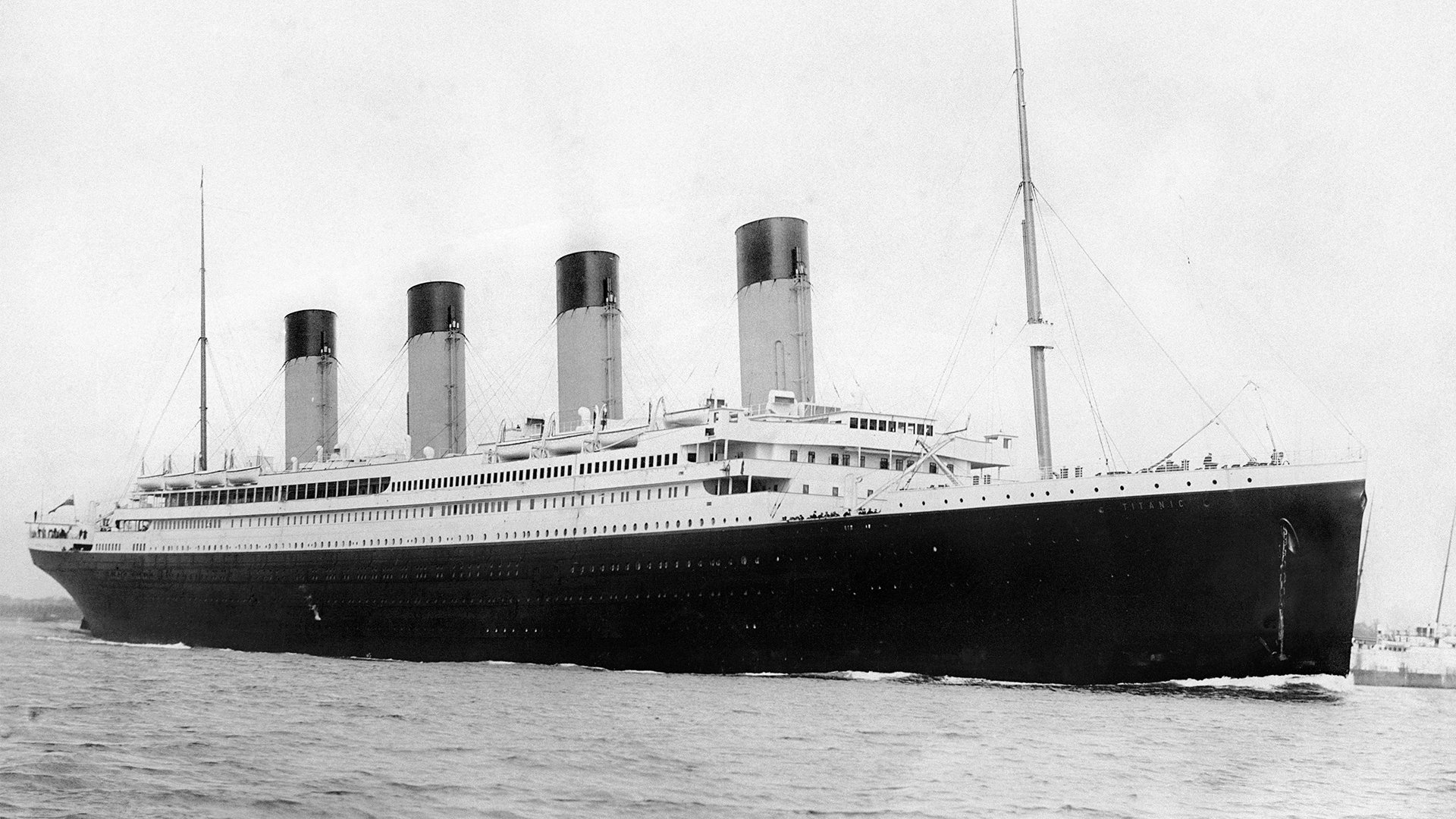Inventing Telescopes
Sir Isaac Newton once wrote, in what must be one of the most oft-quoted lines in the history of science, "If I have seen further it is by standing upon the shoulders of giants." Well, any of us who has ever looked through a telescope could say the same, for the two principal types in use today were developed by giants: the refractor by Galileo and the reflector by Newton. Those two scientific geniuses, as Sir Isaac himself acknowledged, built upon the work of others, and how they came to design their inventions offers a compelling glance at the workings both of the telescope and of the scientific process itself.

Making the far near
The invention that set the stage for the telescope was the eyeglass, which appeared in the mid-13th century. The first spectacles, designed to correct farsightedness, bore glass magnifiers that were biconvex, meaning they curved outward on both sides. (Each resembled a lentil, or lens in Latin.) Mostly used to help older people read, these lenses focused on objects between 12 and 20 inches away from the eye.
Nearsightedness, a more common affliction, proved more difficult to correct. It required biconcave lenses—those curving inward on each surface—that had to bring objects into focus at the specific distance at which one's eyesight failed. The poorer one's vision, the greater the distance the lenses needed to provide focus.
In 1608, someone in Europe—it's not clear who—figured out that if you placed a lens for the farsighted about 12 to 14 inches away from a lens for the nearsighted, and then peered through the latter lens, distant objects would miraculously appear as if close by. (Oh, to have seen that pioneer's expression upon first realizing this!) Place those lenses in a tube and voilí , you have a spyglass.
Galileo also did what apparently no one else had ever done with a spyglass before: train the instrument on the heavens.
Within months, Galileo had not only learned of the new device but was well on his way to improving its design. In his workshop in Padua, Italy, he discovered that plano-convex and plano-concave lenses worked best—that is, lenses with a plane on one side and curved surfaces on the other. Then, drawing on his skills as a professor of mathematics at the University of Padua, he determined the mathematical relationship that governed the instrument's ability to magnify. A spyglass with a plano-convex lens that focuses at 12 inches and a plano-concave lens that focuses at four inches, he found, magnifies images three times (12 divided by four). Galileo played with this formula until, by the late fall of 1609, he'd made a spyglass that could magnify what is seen by 20 times. No other spyglass maker could match that.
That fall, Galileo also did what apparently no one else had ever done with a spyglass before: train the instrument on the heavens. In short order he began making astronomical findings that would shake our understanding of our place in the universe to its foundations. Among them was the discovery of four moons orbiting Jupiter. To Galileo, the moons proved that not everything in space circled the Earth, and therefore our planet was not the absolute center of the universe, as the Church maintained the Bible had it.

Building a better refractor
The spyglass-turned-telescope had limitations, some of which Galileo was able to design around. To reduce distortions such as elongations and blurriness caused by the curvature of the "objective" lens—the convex lens at the far end of the telescope—Galileo ground a lens larger than he needed, for example. He then placed cardboard around the edges of the lens so that light entered that portion of the lens where curvature-related distortions were least apparent.
Other problems Galileo would have to leave to others. One concerned magnification. In striving to make images he saw through his telescope ever larger, Galileo found that his field of view became ever smaller. He reached a point of diminishing returns beyond which enlarging the image made what was seen through the telescope too small to be of practical use. That point, he found, was achieved when he succeeded in magnifying the image 20 or 30 times.
Galileo's contemporary Johannes Kepler, a German mathematician, discovered a way to get beyond the magnification ceiling. Instead of a concave lens near the eye, Kepler used a convex lens. The result was that the image magnified by the convex objective lens was further magnified by the now-convex eyepiece lens. The only problem was that the resulting image was upside down. Some astronomers added a third convex lens to right the image, but this added unwanted distortions. Eventually, most astronomers simply accepted the inverted view. After all, did it really matter that they were seeing planets and stars upside down?
Designers of shorter telescopes still faced the problem of chromatic aberrations, though—that is, until Isaac Newton solved it.
Kepler's advance created a new challenge, however. Because his telescope offered a much greater field of view, astronomers had plenty of room to improve magnification. One way to do that, they knew, was to make the focal length of the eyepiece shorter. This, however, increased the curvature of the lens, which exacerbated the distracting fringes of color that surrounded images. The other way was to reduce the curvature of the objective lens. This results in fewer color problems, because the less a lens is curved the less it acts like a prism. But this made the focal length of the objective lens—and thus the instrument itself—longer. As Richard Panek writes in his book Seeing and Believing: How the Telescope Opened Our Eyes and Minds to the Heavens, things got a little out of hand:
Six to eight feet—that was the length of a good astronomical telescope in 1645. Five years later it was 10 to 15 feet. Ten years after that, 25 feet. Ten years after that, 40 to 50 feet. By 1673, [Polish astronomer] Johannes Hevelius had constructed a telescope 150 feet long on the shores of the Baltic Sea....One astronomer cheered the coming day when aerial telescopes would have a focus of 1,000 feet and human spectators could marvel at the antics of the animals on the Moon.
Alas, extremely long telescopes proved to be impracticable. Most useful were those no longer than 30 or 40 feet—as Panek says, "long but not that long...."

Goodbye to color
Designers of shorter telescopes still faced the problem of chromatic aberrations, though—that is, until Isaac Newton solved it. In 1672, Newton published a seminal paper on light and color, in which he showed that white light is a mixture of all colors of the spectrum. When white light passes through a curved lens it breaks down into its various component colors, each of which comes into focus at a different point on the optical axis—hence the color fringes seen in refractors.
Other scientists had speculated that using mirrors rather than lenses might correct this problem, but Newton was the first to put such thoughts into practice. He cast a two-inch metal mirror and ground it so that it had a spherical curvature. He placed the mirror at one end of a tube. Light coming in the other end reflected off the mirror back toward the opening. The reflected light struck a secondary mirror Newton had affixed inside the tube at a 45-degree angle. That secondary mirror, in turn, bounced the light (and thus the image seen) into a convex eyepiece lens built into the side of the tube.
This was the first working reflecting telescope. Other designers proved unable to grind mirrors with a regular curvature, so the reflector remained largely a curiosity until the mid-18th century, when it finally began to come into its own.

Standing on shoulders
Both types of telescopes—Galileo's refractor and Newton's reflector—underwent improvements in the coming centuries. Designers of refracting telescopes figured out, for one, that by using two different kinds of glass together in the objective lens, they could cause the red and blue ends of the spectrum to converge towards a single focal point, thereby solving the color-fringe problem. Despite myriad embellishments, however, most optical telescopes in use in the 21st century derive from the two types developed in the 17th century by Galileo and Newton, on whose shoulders all astronomers, both amateur and professional, stand today.



